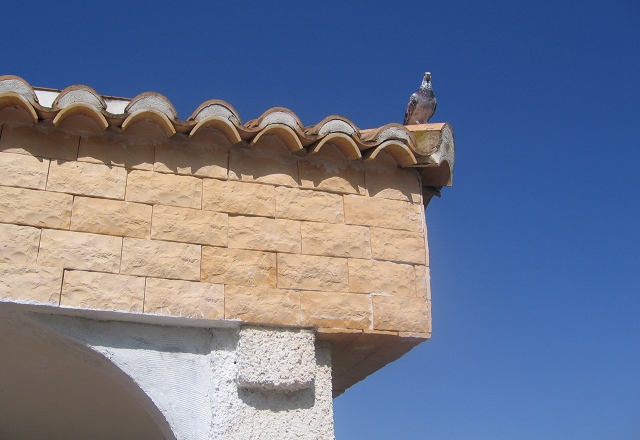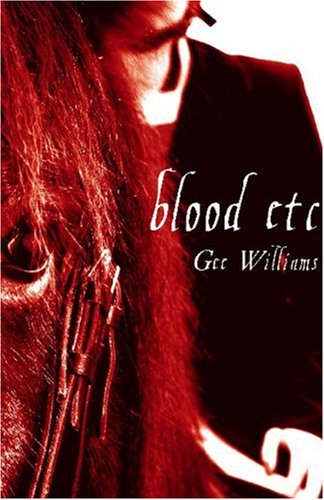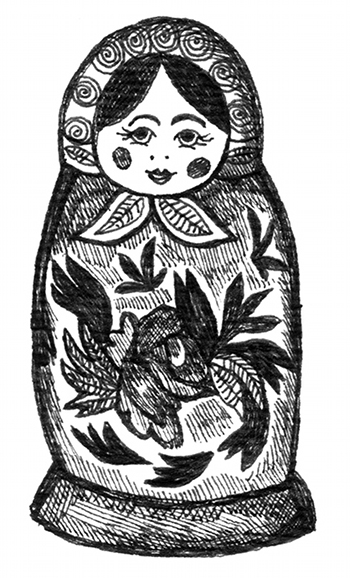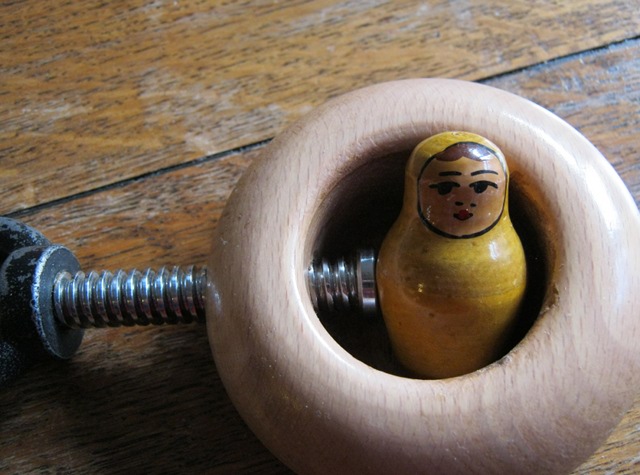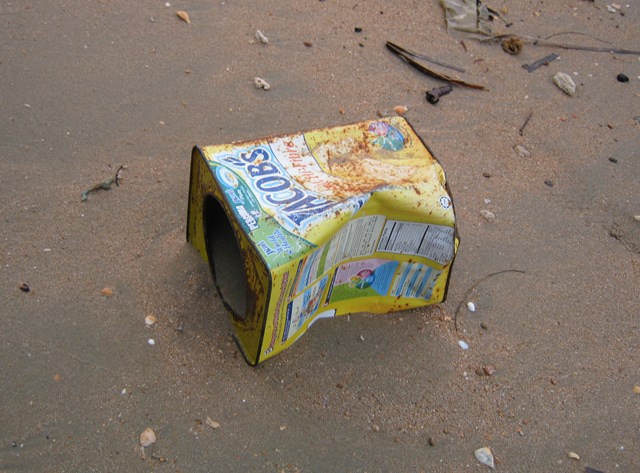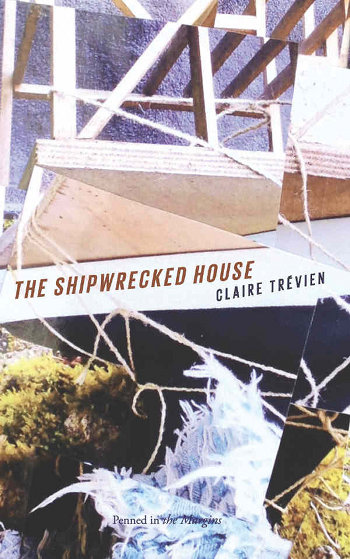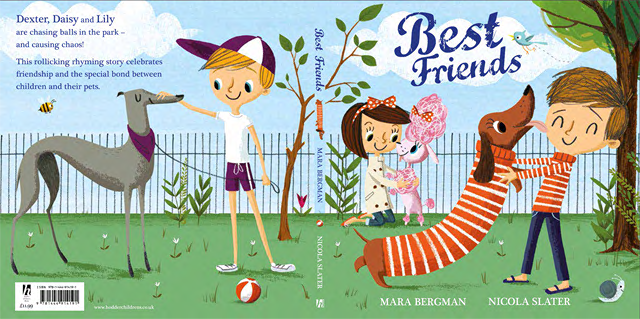 Author and commissioning editor Mara Bergman shares her secrets for writing successful picture books.
Author and commissioning editor Mara Bergman shares her secrets for writing successful picture books.
Although I started writing from a very young age, it was only when my three children were growing up that I thought about writing picture books. I read to the children all the time and knew what worked – for them and for me – and thought it would be fun to have a go at writing one.
It took quite a while to get my first book published though, and there was a gap of a few years between my first book and my second. Even now, after having had quite a few books published, when my editor tells me that one of my stories has made it through an acquisitions meeting and has been accepted, I’m absolutely over the moon with excitement!
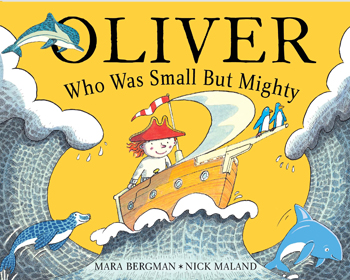 Make your language concise, rhythmical and playful
Make your language concise, rhythmical and playful
When writing a picture book you have to remember that the language needs to appeal to young children but also to whoever is reading to them, and it should never talk down to the child or be patronising.
For me language is paramount, something which became evident when I was reading all those picture books aloud to my young children.
If I didn’t enjoy reading a certain text, if the rhythms or words were flat, I would simply reach for another book. I think it’s important for language to be concise, rhythmical and playful.
Keep your form tight and your emotions real
The picture book certainly presents many challenges. First of all, the form is extremely tight and has to encompass so much. I enjoy the economy and the challenges of working in a tight form.
The story should be about 300 words long and have a beginning, middle and end, with a climax falling about two-thirds of the way through.
It’s important to make sure pieces are targeted to the right ages, but I don’t think of a particular age of child when I write, though my work is primarily aimed at three- to six-year-olds. I think it’s important to write what comes naturally to you.
I love the simplicity of picture books, or rather the pared-down-ness of them, and how they can get to the heart of emotions.
Think of your picture books as a puzzle to solve
The picture book is often likened to a piece of theatre, with each spread a stage set and the drama occurring at the turning of the page.
I’ve also heard it compared to a hugely condensed novel! But when I’m working on a story I find it’s more like one of those puzzles made up of little tiles that you have to shift around on a square to create a picture. You often have to move many pieces to get one piece in the right place.
Changing a phrase often means reworking several lines, and when one thing is wrong, the whole story has to be rethought. I love the simplicity of picture books, or rather the pared-down-ness of them, and how they can get to the heart of emotions.
 Unless you can draw, leave that side of things to the illustrator
Unless you can draw, leave that side of things to the illustrator
I wish I could write and illustrate, but as I can’t I’m extremely fortunate to work with some wonderful illustrators. My publisher Anne McNeil at Hodder paired my text for Snip Snap! with Nick Maland. Lively Elizabeth, illustrated by Cassia Thomas, is a completely different sort of story and required a completely different style of artwork. Both are extremely gifted artists.
For my newest book, Best Friends, Nicola Slater’s fantastic bright, bold and slightly retro illustrations make me laugh each time I read it.
There are lots of wonderful illustrators out there and therefore publishers’ expectations for the look of a book are extremely high. And they have to be, as it’s the artwork that catches your attention and makes you pick up the book in the first place. No matter how good a text might be, if someone isn’t attracted to the illustrations they are not going to read or buy the book.
Take time to understand the picture book market place
Publishers are leaning towards commissioning series, which tend to be character- based, so this is something you may want to keep in mind. The characters have to appeal to the children being read to, and children must be able to relate to them.
The picture book market isn’t an easy one, and it’s becoming ever more difficult, but no matter what, I sincerely believe that if your work is really good it will eventually find a home.
Know the market – visit bookshops and libraries and read magazines and websites geared to children’s books.
Most importantly keep writing, and keep submitting your work, and don’t be discouraged when your stories are rejected at first: they will be. You have to be serious about your writing and develop a thick skin – and stick with it.
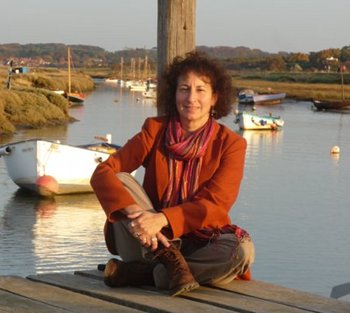 About the author
About the author
Mara Bergman is Senior Commissioning Editor at Walker Books, an independent publishing house focusing on children’s books and young adult fiction. In addition, Mara writes picture books and her many books include Snip Snap! and Lively Elizabeth, both published by Hodder Children’s Books. Best Friends will be published by Hodder in July. “It’s the story of three very different dogs who are each chasing their own ball in the park, causing havoc as they run from their young owners. I hope this is a book that will be equally enjoyable for parents and children.”
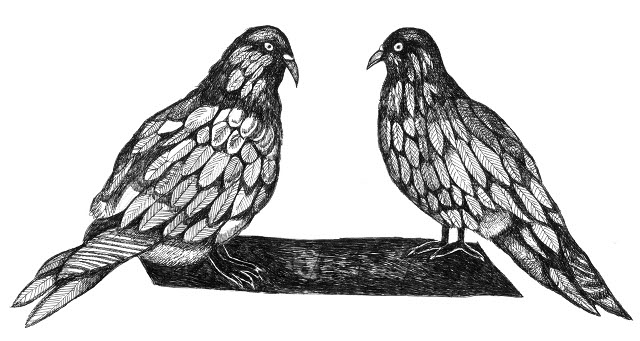 The 13th story in my debut collection Remember Me To the Bees is one of my stranger ones. It’s called On The Ledge.
The 13th story in my debut collection Remember Me To the Bees is one of my stranger ones. It’s called On The Ledge.

